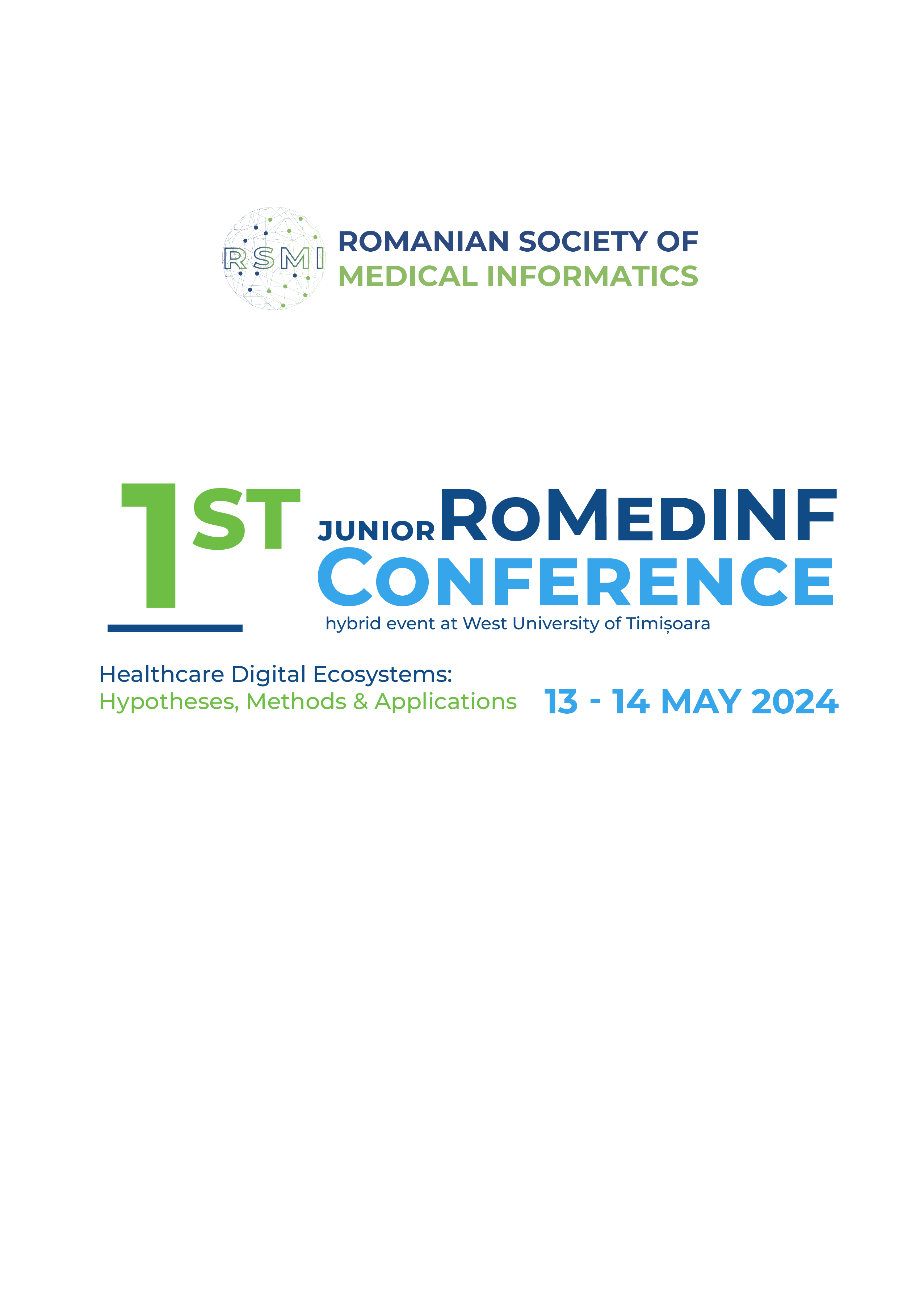Digital Health Done Right
Keywords:
Digital Health, User-centered Design, User Research, Remote Care, Patient MonitoringAbstract
Once the digital environment started to rise, alongside with the patients and doctors needs, as well, the healthcare As the digital environment began to rise alongside the needs of patients and doctors, the healthcare landscape also needed to adapt accordingly. Digital products were increasingly embraced, with practices incorporating more digital solutions into treatment and monitoring processes. Simultaneously, efforts were made to help patients understand that, alongside traditional medical care, effectively utilizing technology will enhance outcomes and improve care on a larger scale. To provide excellent solutions for patients, the digital health system must adhere to rules designed to ensure that it does not cause more harm than good. Interoperability, data security, user-centered design, and remote continuous monitoring are just a few principles underpinning digital health. Digital health should be a collaborative work between the users (administrative, technology, clinical staff, patients, etc.) involved as providers and beneficiaries. Understanding the “voice” of the primary beneficiaries - the patients- leads to a personalized system that focuses on how the patient can receive the best care and how the patient will feel safer. Digital health done right is not just about the elements that are at the base of it. Still, it is about the entire medical act in which it is integrated, succeeding in transmitting safety, respect, easy access to care, involvement, support, and engagement.
Downloads
Published
How to Cite
Issue
Section
License
Copyright (c) 2024 Andreea-Zenovia POPESCU

All papers published in Applied Medical Informatics are licensed under a Creative Commons Attribution (CC BY 4.0) International License.

